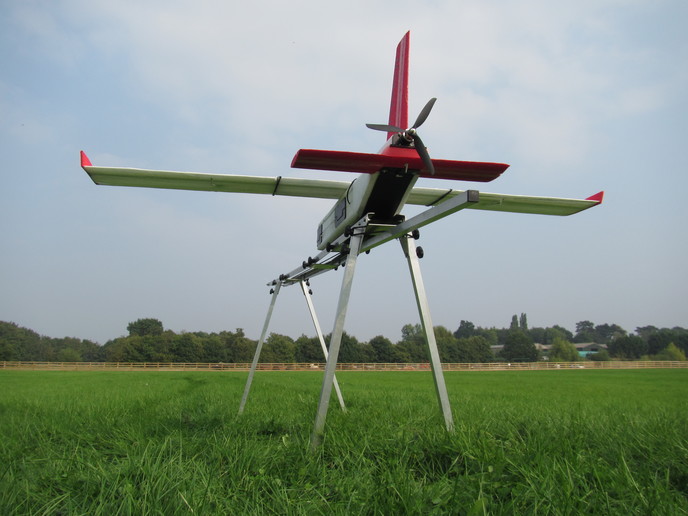Advanced bioaerosol detection and modelling supports forecasting and mitigation efforts
Applying DNA detection technology to bioaerosols has meant that scientists now know much more about the wide diversity of these, as well as revealing details that were previously not possible. Part of the challenge of continuing this work is the task of capturing the bioaerosols in the field. To help develop a solution for scientists to adequately analyse fungal spores, the EU-supported SUPREME project designed and tested an Unmanned Airborne Vehicle (UAV) to sample these bioaerosols. The data gathered was combined with pre-existing data to develop and apply a mathematical model which could explain fungal spore emissions as a result of harvesting. As well as offering new scientific understanding, these DNA-based approaches also enable more targeted mitigation efforts to avoid damage to people and plants. Getting off the ground The UAV was designed in conjunction with a private company. Explaining the process, project coordinator and Marie-Curie Fellow Prof. Carsten Skjoth, recalls, “We started by outlining the requirements necessary for what it should observe and then looked at parameters such as what sort of spore quantities it would need to handle.” The end result was a custom built, low-cost drone, which is capable of flying for significant periods of time and is very efficient in capturing large amounts of spores. However, it can also prove challenging to operate as it requires a lot of open space, difficult to find in the regions typically under study. Additionally, it can take quite a long time to launch and generally requires handling by two people. As Prof. Skjoth says, “Frankly it was a mixed success, but we learned a lot. We know that the drone can be made more fit-for-purpose if a compromise is reached between flying time and ease of use and launch speed.” The project also developed the first iteration of a new generation of globally applicable atmospheric models that are capable of simultaneously and consistently catering for physics-, chemistry- and biology-led investigations. This working atmospheric transport model (Biochem), can successfully handle bioaerosols with various degrees of complexity, depending on the research focus. Indeed, “The modelling tool is arguably among the most advanced of its kind, potentially just as complex as atmospheric chemistry models in the way it connects the tool with detection, using DNA approaches. As well as sparking new research directions, it can also be used as a straightforward forecasting tool. This application is currently done within the NERC funded PollerGEN project which focusses on grass species,” Prof. Skjoth adds. From fundamental research to forecasting The new SUPREME modelling tool is likely to be a cornerstone for bioaerosol forecasting in the UK. The model also functions effectively as an advanced research tool, enabling investigations into important scientific questions related to human health, such as on co-exposure (combined exposure of air pollution and pollen) or the effects of bioaerosols on the climate (present and future). It also allows spores to be separated into sub-groups in a way not possible using optical microscopes. “Our advanced atmospheric model, DNA detection techniques and new emissions detection approaches – all have substantial potential on their own – but in combination they could revolutionise the field and generate scientific results with a really positive impact on society,” concludes Prof. Skjoth. The team are now further exploring how satellite data can be combined with the detection and advanced modelling methods, offering richer insights. Furthermore, new approaches for DNA techniques to analyse bioaerosols are being tested. Two new methods for the detection of emissions of pollen and spores have also been undertaken as part of a pilot study this year and will be applied on a larger scale in 2019.
Keywords
SUPREME, drone, Unmanned Aerial Vehicle, model, fungal spore, bioaerosol, DNA, aeroallergens, pathogens, atmosphere, forecasting



